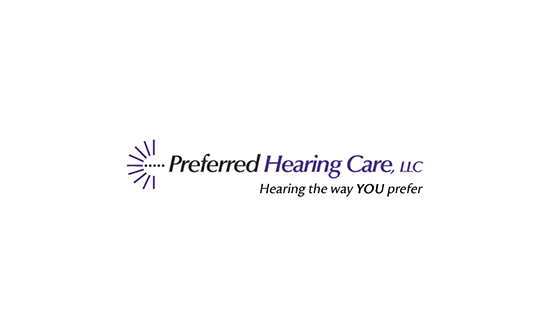What is the exact difference between a hearing aid and a personal sound amplifier (PSA)? One difference is that the PSA is being heavily advertised to the consumer generating a lot of confusion. You don’t see similar ads for hearing aids in part because they are medical devices according to the Food & Drug Administration (FDA) and can’t be sold without a prescription by a an audiologist or hearing specialist. Hearing aids are designed to help people with reduced but still functional hearing; they have settings and sophisticated electronics that can be programmed to match specific hearing problems.
In contrast, PSAs were created for individuals with normal hearing. A personal sound amplifier boosts the volume of surrounding sounds by amplifying them. Personal sound amplifiers are sometimes made to look like hearing aids, but they aren’t. Their only purpose is to make sounds louder. Personal sound amplifiers cannot adapt to individual requirements, selectively boost certain frequencies or suppress background noise the way that hearing aids do.
The modest price of personal sound amplifiers (often under $100, versus thousands for the top hearing aids) can make them sound appealing to those on a tight budget. This is why the FDA cautions that the two different kinds of devices shouldn’t be mixed up. If you are having difficulty hearing, do not purchase a personal sound amplifier without having your hearing tested by a professional audiologist or hearing instrument specialist. Using a PSA rather than having your hearing examined can postpone vital treatment that could restore your hearing, and in some situations (setting the volume too high) can even cause further damage to your hearing.
The FDA therefore recommends that you see your hearing instrument specialist or audiologist before you make any final decision about buying any kind of product to improve your hearing ability. Some hearing problems, for instance simple blockage of the ear canals caused by accumulated ear wax, can be solved and your hearing recovered in a single office visit. Other hearing impairments are more serious, but can also be reversed with correctly-prescribed and correctly-programmed quality hearing aids. Ignoring the base problem by using a product that does nothing more than increase volume levels may cause you to delay treatment that could restore your hearing, and thus eliminate the need for either PSAs or hearing aids.
After a hearing test, if your hearing ability is found to be normal, you may purchase a personal sound amplifier if you still have a tough time with certain sounds. When shopping for one, read the PSA’s technical specs, and only consider those that satisfactorily amplify sounds in the range of human conversation (between 1000 to 2000 Hertz). Also, don’t consider any PSAs that don’t come with volume controls and electronically-enforced loudness limits that don’t allow their volume levels to go beyond 135 decibels. A quality personal sound amplifier has its uses, and can increase the ability of those with normal hearing to hear weak or distant sounds. The risk in personal sound amplifiers is mixing them up with hearing aids – which they aren’t. If you think you may have hearing loss, make an appointment to have your hearingprofessionally evaluated.
